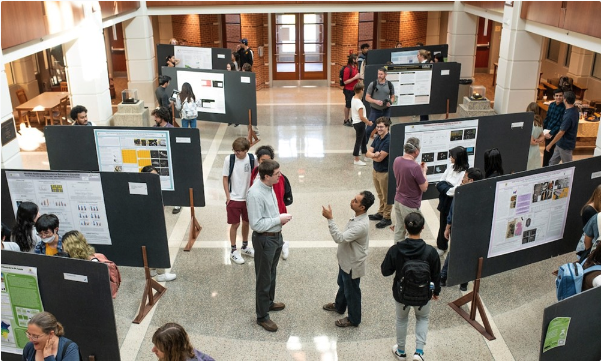Files
Download Full Text (457 KB)
Document Type
Poster
Publication Date
Fall 11-2014
Abstract
The purpose of the study was to compare key physiological, anthropometric, and kinematic attributes between barefoot and shod runners while also comparing these variables to the running economy of their respective conditions. We hypothesize that when running in the acute barefoot condition participants will exhibit significant biomechanical, physiological, and kinematic differences compared to the shod condition that may be correlated with a superior or inferior running economy. Male (4) and female (5) test subjects (19.2±0.83 years, 171.06±6.89 cm, 71.09±14.52 kg) participated in two separate testing sessions. The first session involved collecting the weight, height, sitting height, ankle and hip widths, hamstring flexibility, and body fat percentage preceding a maximal oxygen consumption test. The second session required subjects to run at a variety of submaximal velocities while they were recorded with high speed video. Kinematic variables were measured using Dartfish Video Analysis Software. Results showed that VO2 was greater when shod than barefoot at 2.68 m/s, but shod running required less oxygen at 3.58 m/s. There was no difference at 3.13 m/s. Body composition was the only physiological variable that correlated with economy. Knee angle decreased and stride frequency increased when switching from shod to barefoot running. These findings suggest that as habitually shod runners begin barefoot running they adapt to increased ground reaction forces by incorporating greater knee flexion and a faster stride frequency. These changes may cause a decrease in economy at slower speeds and an improvement in economy at greater velocities.
Recommended Citation
Zell, Aaron and Patrick Babington. "Kinematics and Economy of Novel Barefoot Running." Poster presented at the 2014 Science Research Fellows Poster Session, Greencastle, IN, November 2014.









